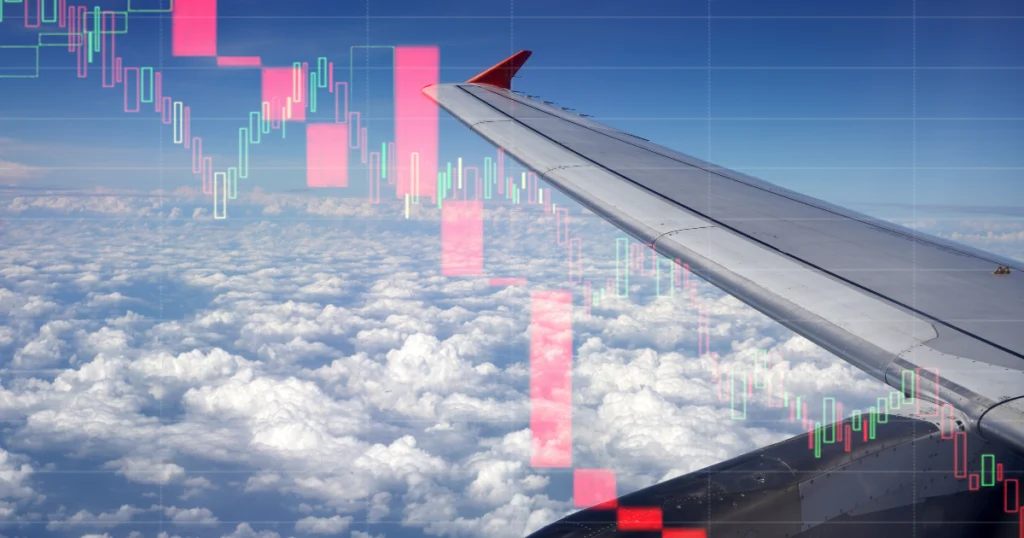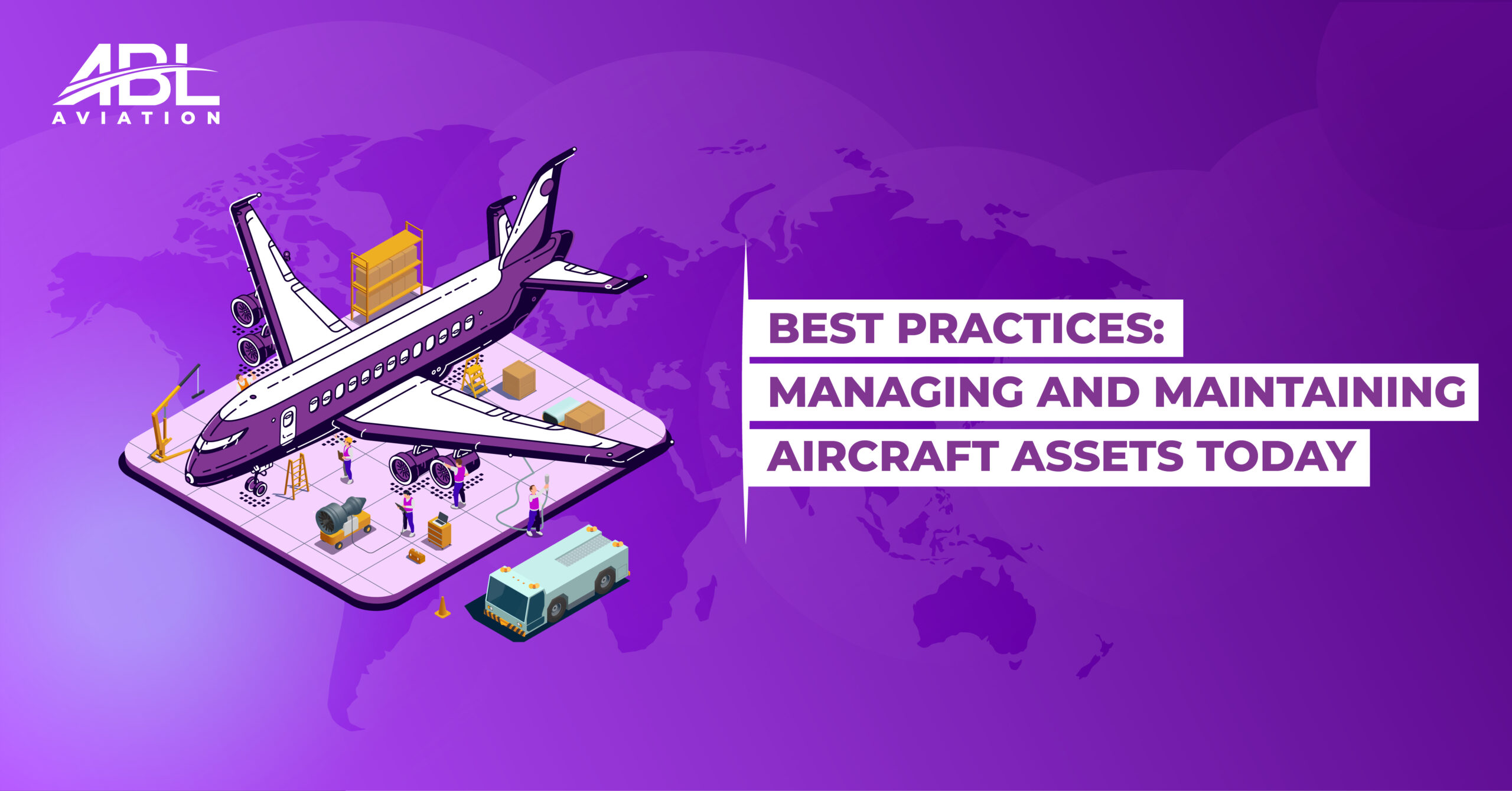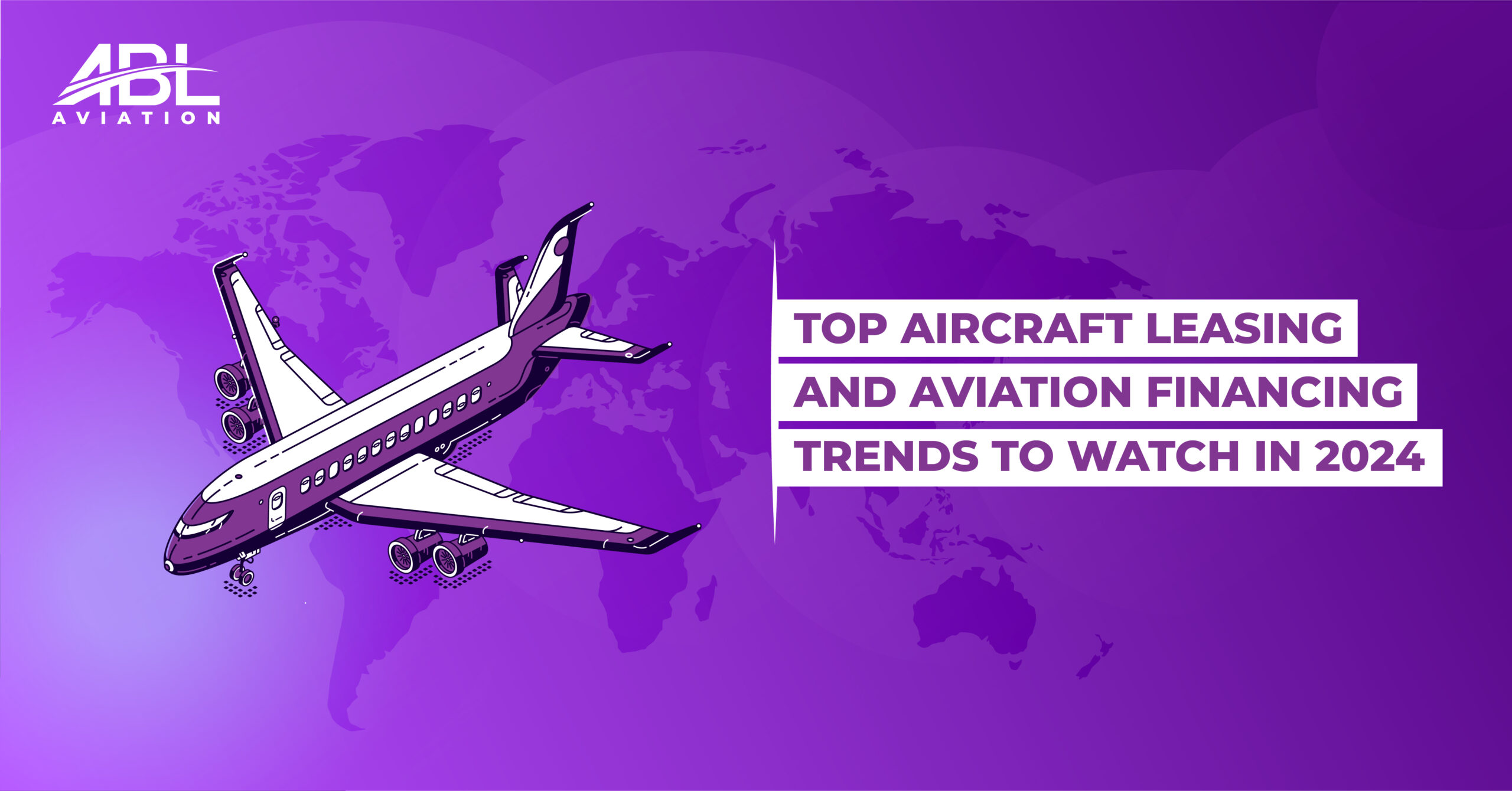
Lessons From 2023: The Aviation Industry’s Growth and Hurdles
In 2023, the aviation industry demonstrated significant resilience and adaptability in a challenging global economic environment. The year was marked by economic recovery, technological innovation, and strategic shifts in airline operations. This report consolidates and evaluates the key trends and data from the year, providing an overview of the industry’s performance and trajectory.
Economic Recovery and Industry Growth
The year 2023 marked a significant turnaround in air travel, rebounding strongly from the setbacks of the global COVID-19 pandemic. The International Air Transport Association (IATA) reported substantial growth in the industry, with global air travel demand in November 2023 reaching 99.1% of the levels observed in November 2019. During the same month, this near-full recovery was strengthened by a 29.7% year-on-year increase in revenue passenger kilometres (RPK). A significant contribution to this growth came from the Asia-Pacific region, which saw a remarkable 63.8% increase in year-over-year results, leading all regions in recovery.
Domestic air travel also showed impressive gains, with a 34.8% year-on-year increase, surpassing 2019 levels by 6.7%. China played a significant role in this surge, as its domestic travel rose by 272% following the easing of COVID-19 restrictions. In the United States, domestic air travel increased by 9.1% in November 2023 compared to November 2019, driven by strong demand for the Thanksgiving holiday.
This resurgence in international and domestic air travel has positively impacted the aircraft leasing market. As forecasted by Technavio, this market is projected to grow significantly, with an anticipated increase of $19.46 billion from 2022 to 2027 and a compound annual growth rate (CAGR) of 9.48%.
Embracing Sustainability Through Fleet Modernisation
The industry experienced a notable transformation in 2023 towards fleet modernisation. This change was characterised by more lessors prioritising the delivery of energy-efficient aircraft to their airline partners, a move influenced by increasing global environmental awareness.
Airbus experienced a significant upsurge in orders for its A320 family, including a significant order for 500 aircraft from Indian airline IndiGo. By the end of 2023, the total orders for the family variants reached 1,835, with the A320neo series, especially the A321neo, seeing high demand. This trend highlights the airline industry’s recovery and transition towards newer, more eco-friendly models. Specifically, the A321neo model garnered 1,279 net orders, reflecting its popularity in the current market.
Boeing showcased strong performance in the market for the year, with their 737 Max receiving 883 net orders. This figure reflects the model’s market standing. Recognising the differing recovery trends in air travel is crucial: narrowbody and widebody aircraft cater to different segments. Narrowbody models like the Airbus A320 family and Boeing 737 Max, mainly used for domestic flights, have rebounded beyond their pre-COVID levels. Conversely, widebody aircraft, typically used for international travel, have yet to reach their 2019 figures fully. In 2023, Airbus recorded 278 net orders for its widebody aircraft, while Boeing received 431 net orders for its widebodies. This data illustrates a two-speed recovery in the aviation industry, with domestic and international segments showing varied rates of resurgence.
Market Stability Amidst Competitive Dynamics
In 2023, despite rising interest rates and inflation, the aircraft leasing market exhibited exceptional resilience by maintaining stable rental rates. This stability is primarily credited to intense competition among leasing companies, especially in the single-aisle aircraft segment, as reported by Cirium. The competition was heightened due to an excess aircraft delivery backlog from the pandemic era, resulting in a high supply and aggressive pricing strategies by lessors.
However, the market also contended with challenges stemming from shortages in new technology, mainly due to delivery delays from Original Equipment Manufacturers (OEMs). Labour shortages and supply chain issues significantly influenced these delays. For example, labour shortages have been a critical factor affecting production rates and delivery schedules in the aviation industry. According to a report by Deloitte, the Aerospace and Defense sector has been facing a skills gap and workforce shortages, which the pandemic has exacerbated. This situation has led to delays and disruptions in manufacturing and delivery processes.
Airbus and Boeing experienced these challenges, with Airbus managing to outperform Boeing in deliveries during the first quarter of 2023 despite Boeing’s competitive performance in other areas. Specifically, Boeing faced delivery delays with its 737 MAX aircraft due to issues identified by Spirit AeroSystems, a primary supplier, related to non-standard manufacturing procedures. This issue notably affected the 737 MAX family, substantially reducing available seats for airlines during their summer schedules. Also, the industry encountered challenges with technology across multiple parties in the supply chain. There was a notable recall of many Pratt & Whitney turbofan engines powering the Airbus A320Neo fleet. This issue and problems related to the CRM Leap engine led to the grounding of multiple aircraft as OEMs conducted investigations and replacements of parts potentially affected due to manufacturing faults.
Technological Advancements in Operations
In 2023, the aircraft leasing industry witnessed significant technological advancements that streamlined operations and enhanced asset management. Cloud-based software solutions became increasingly prevalent, facilitating better data management and operational efficiency for leasing companies. For example, new tools like the LeaseWorks Utilization Tracker were introduced, allowing lessors to collect and analyse usage records from airlines operating across different regions and asset groups. Another notable tool is ABL Aviation’s FlyForward system, a part of its proprietary technology suite. This system provides comprehensive insights into an aircraft’s maintenance value and life cycle, from lease commencement to termination. It utilises data modelling and automated analysis to provide investors with a detailed view of their aircraft’s maintenance forecast and adjusted value to maximise efficiency, mitigate technical risk exposures, and generate and preserve value at every stage of the investment period. This shift to digitalisation and data-driven approaches reflects the aviation sector’s broader trend towards leveraging technology for enhanced operational efficiency and strategic planning.
The Global Landscape: Regional Dynamics
In 2023, the aviation industry’s path to recovery showcased distinct trends across various regions, reflecting the unique challenges and opportunities each faced in the post-pandemic world. According to IATA, the Asia-Pacific region experienced the most robust year-over-year growth, with a notable 63.8% increase in November air traffic compared to 2022. This increase was supported by a significant capacity expansion of 58.0%, boosting the load factor to 82.6%. This rebound signifies a strong recovery from the initial slow pace due to prolonged COVID-19 restrictions in key markets such as China.
Europe and the Middle East also saw growth, with European airlines reporting a 14.8% rise in November traffic and an 18.6% increase in the Middle East. Despite these gains, slight decreases in load factors were noted, attributed to the regions’ capacity expansions outpacing traffic growth. In contrast, North America reported a 14.3% increase in November traffic, with a notable capacity growth leading to a slight reduction in load factor to 80.0%.
Latin America stood out with the highest load factor of 84.9%, following a 20.0% traffic increase, reflecting the region’s effective balance between capacity and demand. However, African airlines faced challenges, with a 22.1% rise in November traffic overshadowed by a substantial 29.6% increase in capacity, resulting in the largest drop in load factor to 69.7%, the lowest among the regions. These regional variations highlight the complex interplay of factors driving the aviation sector’s recovery, with each region adapting to its unique circumstances.
In 2023, the aviation industry navigated a dynamic landscape marked by economic rebounds, technological strides, and strategic shifts within airline operations. As we reflect on the year, it’s clear that the industry’s resilience and adaptability were essential to overcoming challenges such as labour shortages, OEM delays, and economic uncertainties affecting interest rates.
ABL Aviation emerged as a strong participant, sealing deals across both short-haul and long-haul segments, signifying its robust stance amidst these challenges. The company’s diverse portfolio, ranging from A220 and A321neo aircraft for airlines like Wizz Air, Delta Airlines, and Air France to long-haul aircraft like the A350 and Boeing 787 for Turkish Airlines and El Al, emphasises its vital role in supporting both domestic and international travel. Also, ABL Aviation’s venture into the cargo space with the B777F-200LRF for Atlas Air showcased its comprehensive support across different facets of air travel.
ABL Aviation’s performance in 2023 reflects the broader aviation industry’s drive to innovate and grow despite challenges such as geopolitical unrest, variable fuel prices, and the threat of pandemics. The year defined the importance of innovation, strategic partnerships, and a focus on sustainability as crucial factors in navigating the complexities of the global aviation market and preparing it to overcome future challenges and seize new growth opportunities.
Go Back






